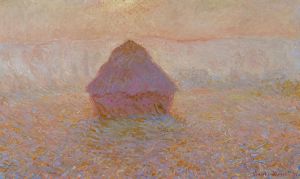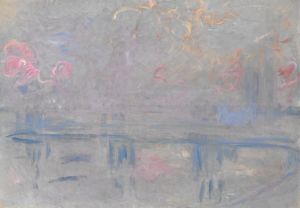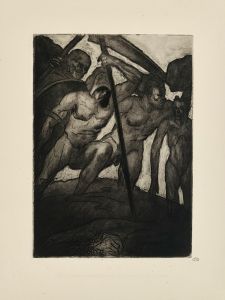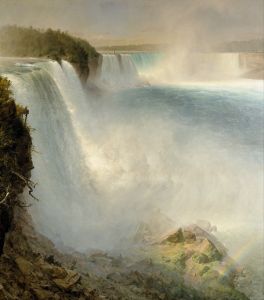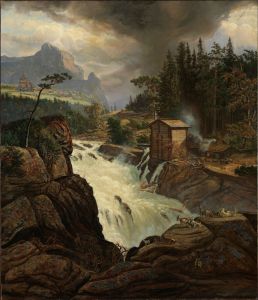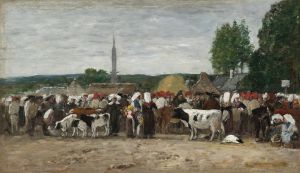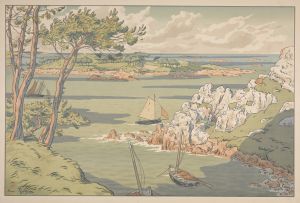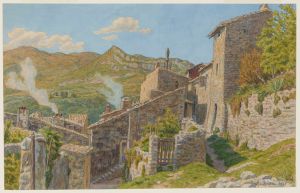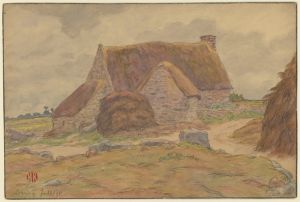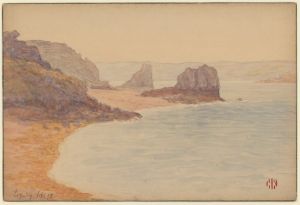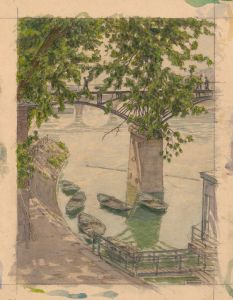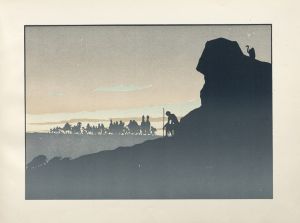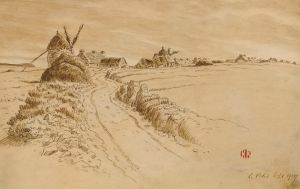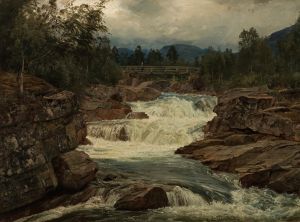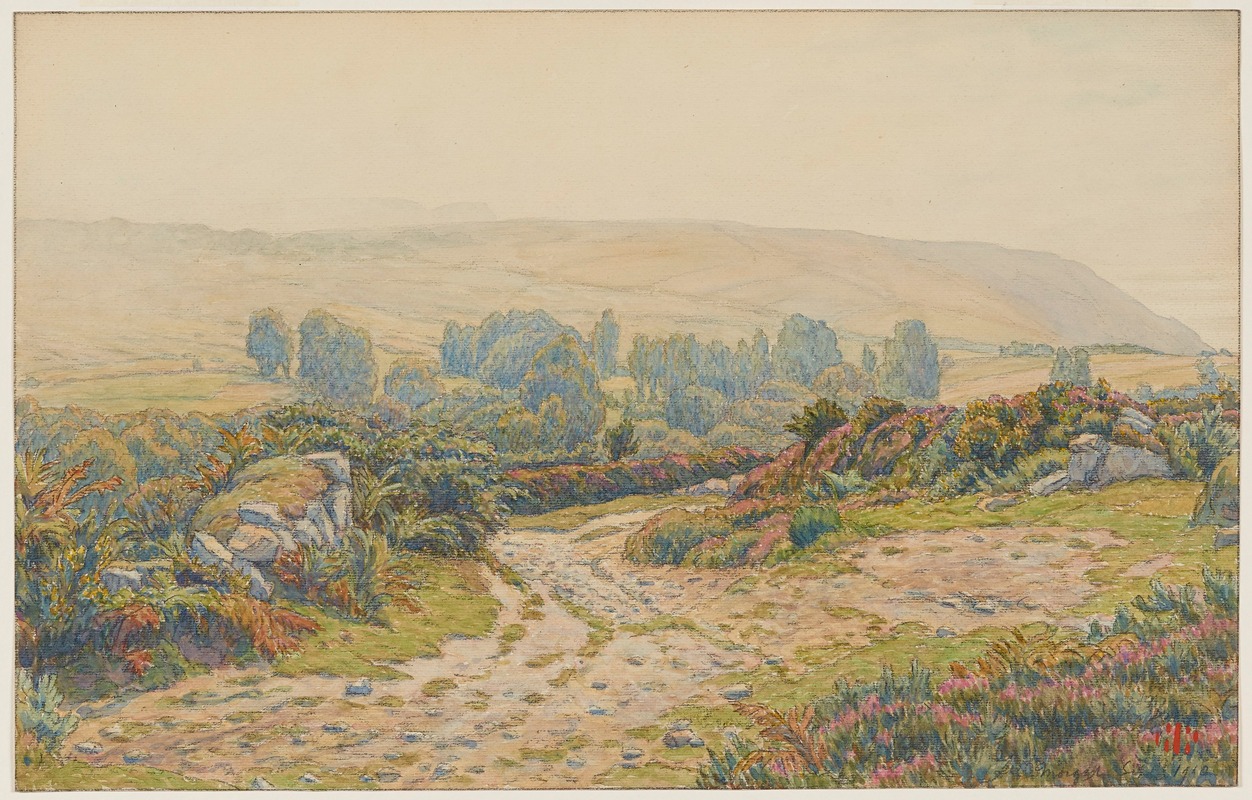
Brume et rosée. Landes de Pors Léonnec. Morgat
A hand-painted replica of Henri Rivière’s masterpiece Brume et rosée. Landes de Pors Léonnec. Morgat, meticulously crafted by professional artists to capture the true essence of the original. Each piece is created with museum-quality canvas and rare mineral pigments, carefully painted by experienced artists with delicate brushstrokes and rich, layered colors to perfectly recreate the texture of the original artwork. Unlike machine-printed reproductions, this hand-painted version brings the painting to life, infused with the artist’s emotions and skill in every stroke. Whether for personal collection or home decoration, it instantly elevates the artistic atmosphere of any space.
Henri Rivière (1864–1951) was a French artist known for his contributions to the field of printmaking and his innovative use of color and composition. He is particularly recognized for his work in the medium of color lithography and his influence from Japanese art, especially ukiyo-e prints. Rivière's works often depict landscapes and scenes from nature, capturing the subtle interplay of light and atmosphere.
"Brume et rosée. Landes de Pors Léonnec. Morgat" is one of Rivière's notable works, showcasing his skill in capturing the ethereal qualities of the natural world. The title translates to "Mist and Dew. Moors of Pors Léonnec. Morgat," indicating the specific location and atmospheric conditions depicted in the artwork. Morgat is a seaside resort in Brittany, France, known for its rugged coastline and natural beauty, which have inspired many artists.
Rivière's artistic style is characterized by a harmonious blend of Western and Eastern influences. He was deeply inspired by Japanese woodblock prints, which is evident in his use of flat areas of color, simplified forms, and an emphasis on the beauty of nature. This influence is apparent in "Brume et rosée," where Rivière employs a delicate color palette and a keen attention to the effects of light and mist on the landscape.
The artwork likely captures a moment in the early morning or late afternoon, times when mist and dew are most prevalent. Rivière's ability to convey the transient nature of these atmospheric conditions is a testament to his mastery of the lithographic process. He often used a limited color palette to evoke mood and atmosphere, focusing on the subtle gradations of color that occur in natural settings.
Rivière's work is also noted for its compositional balance and attention to detail. In "Brume et rosée," the composition likely guides the viewer's eye through the landscape, inviting them to explore the nuances of the scene. The moors of Pors Léonnec, with their undulating forms and rich textures, provide a perfect subject for Rivière's exploration of light and shadow.
Throughout his career, Rivière was associated with the artistic circles of Montmartre in Paris, where he was part of the avant-garde movement. He was a contemporary of artists such as Henri de Toulouse-Lautrec and was involved with the Chat Noir cabaret, where he experimented with shadow theater and other forms of visual storytelling.
Rivière's contributions to the art world extend beyond his individual works. He played a significant role in the revival of printmaking in France during the late 19th and early 20th centuries, helping to elevate the status of lithography as a fine art form. His works continue to be celebrated for their technical excellence and their ability to capture the ephemeral beauty of the natural world.
"Brume et rosée. Landes de Pors Léonnec. Morgat" exemplifies Rivière's artistic vision and his dedication to portraying the serene and often overlooked aspects of the landscape. Through his innovative approach and deep appreciation for nature, Rivière has left a lasting legacy in the world of art.





